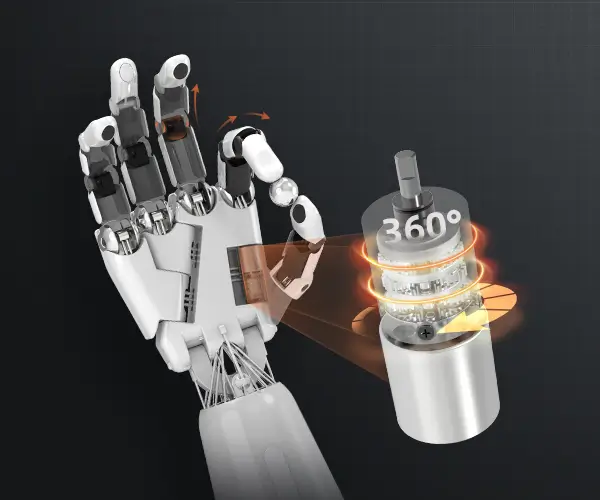Getting started with Arduino and servomotors is like unlocking the door to DIY robotics and automation. These small yet powerful components can bring movement to your projects, whether it’s creating a robotic arm, a drone, or an automated camera. In this guide, we’ll walk through the essential steps to connect a servomotor to an Arduino microcontroller — from understanding the basics to wiring and programming, making your journey into robotics both accessible and exciting.

What Is a Servomotor and Why Use One with Arduino? Before diving into the connection process, it’s helpful to understand what a servomotor is. Unlike regular motors that keep spinning as long as power is supplied, a servomotor is designed to rotate to a specific position within a range (usually 0-180 degrees). It receives control signals (usually PWM — Pulse Width Modulation) to move to a particular angle, making it ideal for precise position control.
This precision control makes servomotors invaluable in robotics, automation, and many DIY projects. With an Arduino, you can command the servomotor to turn to specific angles, creating dynamic and interactive projects.
What You Need to Connect a Servomotor to Arduino Before starting, gather the necessary components:
Arduino board (Uno, Nano, Mega, etc.) Servomotor (commonly a model like SG90 or MG996R) Power supply (consider if your servo needs external power) Jumper wires Breadboard (optional for cleaner wiring) Resistors or other components (if needed for specific servos)
Understanding the Pinout Most micro servomotors have three wires:
Power (typically red): connects to +5V or external power Ground (black or brown): connects to GND Signal (usually yellow or white): connects to the Arduino PWM pin
It’s crucial to check your specific servo’s datasheet because pin colors can vary. The signal wire is the one that carries the command pulses from the Arduino.
Wiring Your Servomotor to Arduino The wiring process is straightforward but critical for safe and effective operation:
Connect the Power wire to the Arduino’s 5V pin. Connect the Ground wire to the GND pin of the Arduino. Connect the Signal wire to a PWM-capable digital pin, for example, digital pin 9 or 10.
If your servo is small and included with the Arduino starter kit, powering it directly from the Arduino might suffice. However, for larger servos, or if you notice jitter or unresponsiveness, consider powering the servo from an external power supply (e.g., a 4.8V to 6V battery pack with common ground connected to Arduino).
Programming the Arduino To control the servo, you'll need the Arduino IDE and the Servo library, which simplifies the process.
#include Servo myServo; void setup() { myServo.attach(9); // Attach servo to pin 9 } void loop() { for (int angle = 0; angle <= 180; angle += 1) { myServo.write(angle); // Move to position delay(15); // Wait for the servo to reach position } for (int angle = 180; angle >= 0; angle -= 1) { myServo.write(angle); delay(15); } }
This basic sketch smoothly moves the servo from 0 to 180 degrees and back, demonstrating control over position.
Testing and Troubleshooting After uploading your code, the servo should start moving with the program. If it doesn’t:
Check your wiring connections carefully. Confirm that the signal pin matches your code. Ensure your power supply can handle the servo's demand. Add a small capacitor across the power and GND terminals if you experience jitter. Use serial prints to debug or try a simple “move to 90 degrees” command.
Part 2 will delve deeper into advanced control techniques, external power considerations, and common issues faced when connecting servomotors to Arduino, ensuring you’re well-equipped to take your projects further.
Established in 2005, Kpower has been dedicated to a professional compact motion unit manufacturer, headquartered in Dongguan, Guangdong Province, China.




































